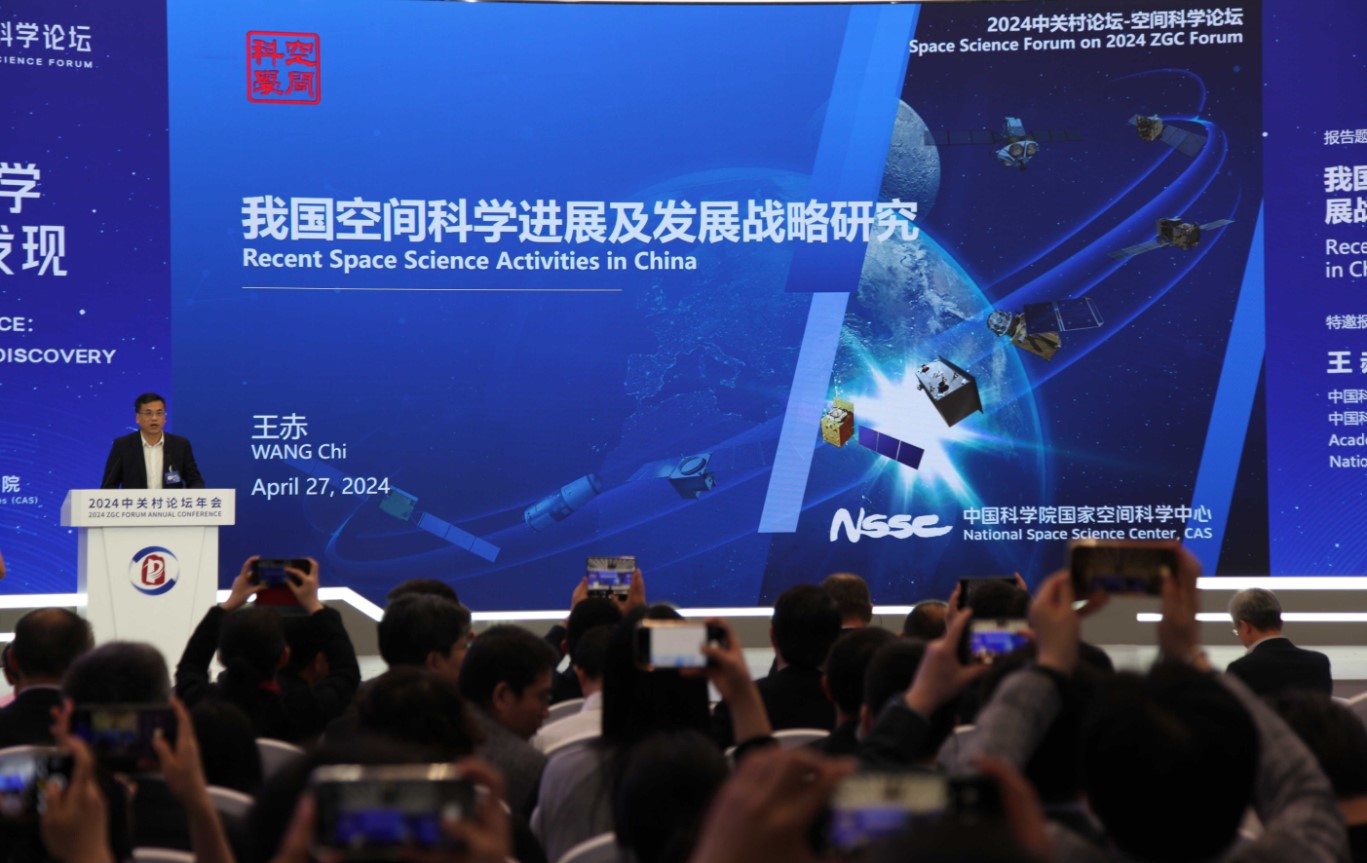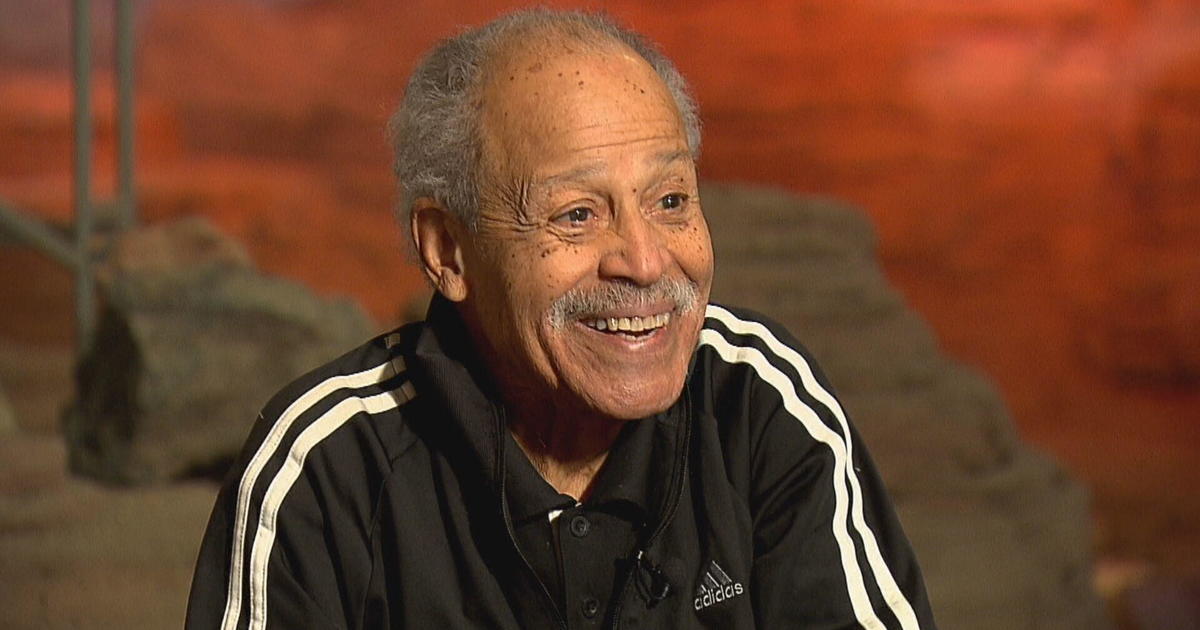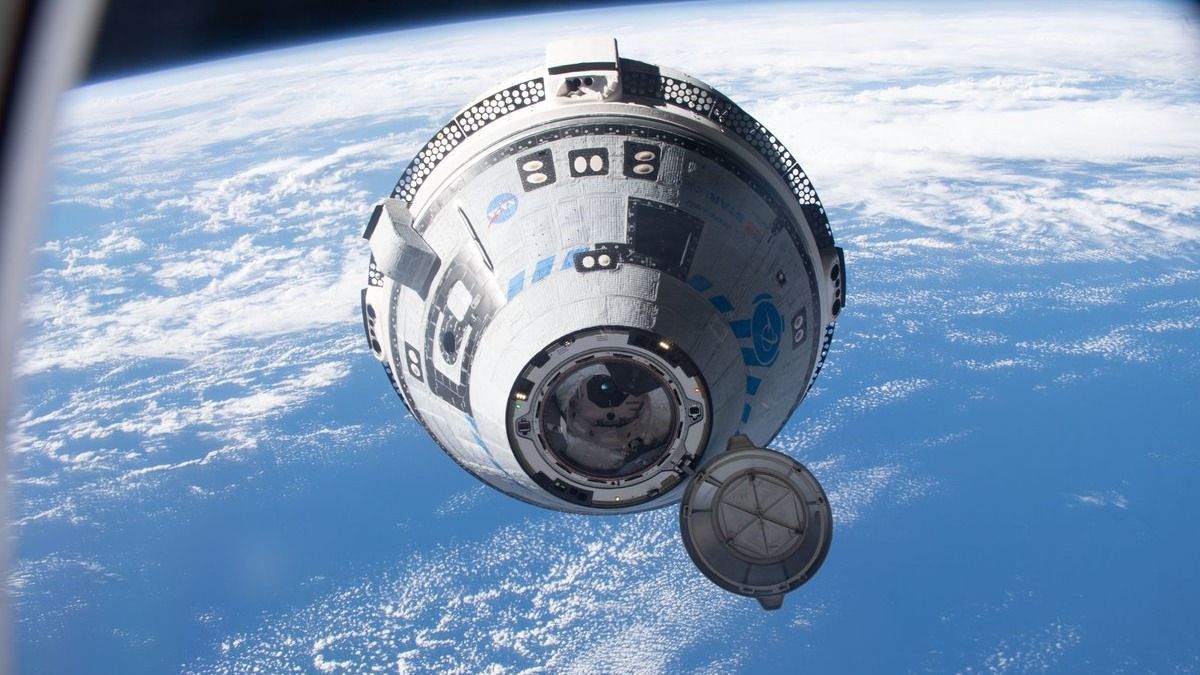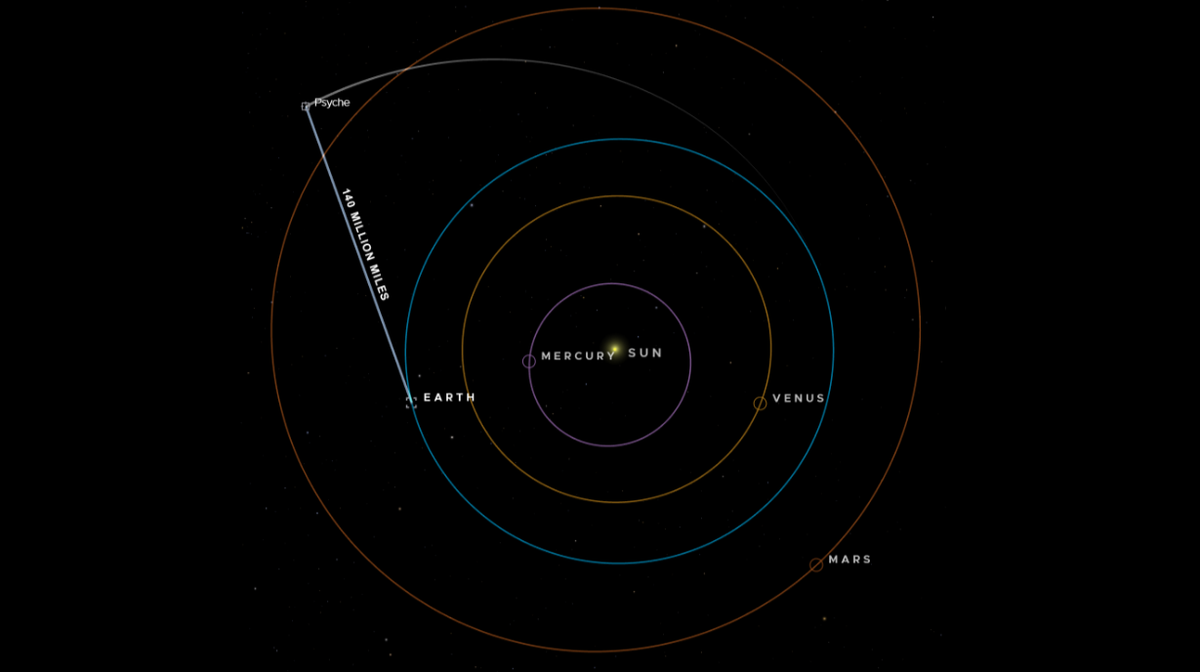 Reference: Found here
Reference: Found hereIn The News:
The Department of Defense is requesting $17.2 billion for science and technology projects in fiscal 2025, and most of it would be dedicated to three capability areas ⁘ AI and autonomy, space, and integrated sensing and cyber ⁘ according to a presentation by the Pentagon⁘s CTO.
Heidi Shyu, undersecretary of defense for research and engineering, has identified 14 ⁘critical technology areas⁘ that she is prioritizing, including trusted AI and autonomy, space, integrated sensing and cyber, integrated network systems of systems, renewable energy generation and storage, and microelectronics. They also include human-machine interface, advanced materials, directed energy, advanced computing and software, hypersonics, biotech, quantum, and 5G/FutureG.
Although S⁘T funding for budget activities 6.1 basic research, 6.2 applied research and 6.3 advanced technology development only account for about 2% of the Pentagon⁘s overall budget, it⁘s considered critical for military modernization because it lays the seed corn for next-generation capabilities.
Of the $17.2 billion that the Pentagon has requested for these budget activities in fiscal 2025, 98% would be divided among those 14 critical tech areas, according to Shyu⁘s slide presentation during a webinar hosted by NDIA⁘s Emerging Technologies Institute on Tuesday.
Among DOD components, about $8.3 billion would go toward ⁘Defense-wide⁘ agencies not aligned with the services ⁘ also known as the Fourth Estate ⁘ such as the Defense Advanced Research Projects Agency, Defense Innovation Unit, Strategic Capabilities Office, Missile Defense Agency, and other agencies and field activities under the Office of the Secretary of Defense, according to Shyu⁘s slides.







